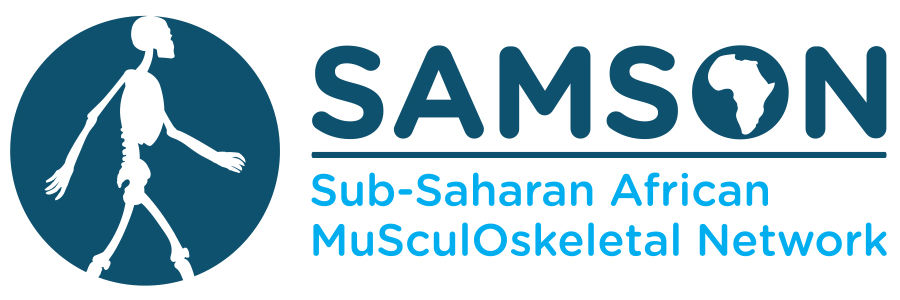Studies /
Diversity of Peripheral Skeletal Phenotypes in Sub-Saharan AFrica: Growth and Development in two adolescent cohorts
Adolescent growth in Gambia and South Africa
Peripheral quantitative computed tomography was used to characterise longitudinal changes in bone density, size and shpe during childhood and adolescence. Data were from the Birth-to-Twenty Bone Health Cohort, Soweto, South AFrica and the Bakkery Dibba Study, The Gambia. The work helped to define what constitutes a healthy musculoskeletal phenotype at different stages of maturity, contributing to long-term studies of the developmental determinants of peak bone strength and later fracture risk. There were differences in outcomes between Black and White South African adolescents, and between calcium supplementation groups in The Gambia. In each cohort there were sex diferences in patterns of growth and in timing of skeletal maturity.
The work formed the PhD thesis of Dr Simon Schoenbuchner, Univeristy of Cambridge, 2016.
